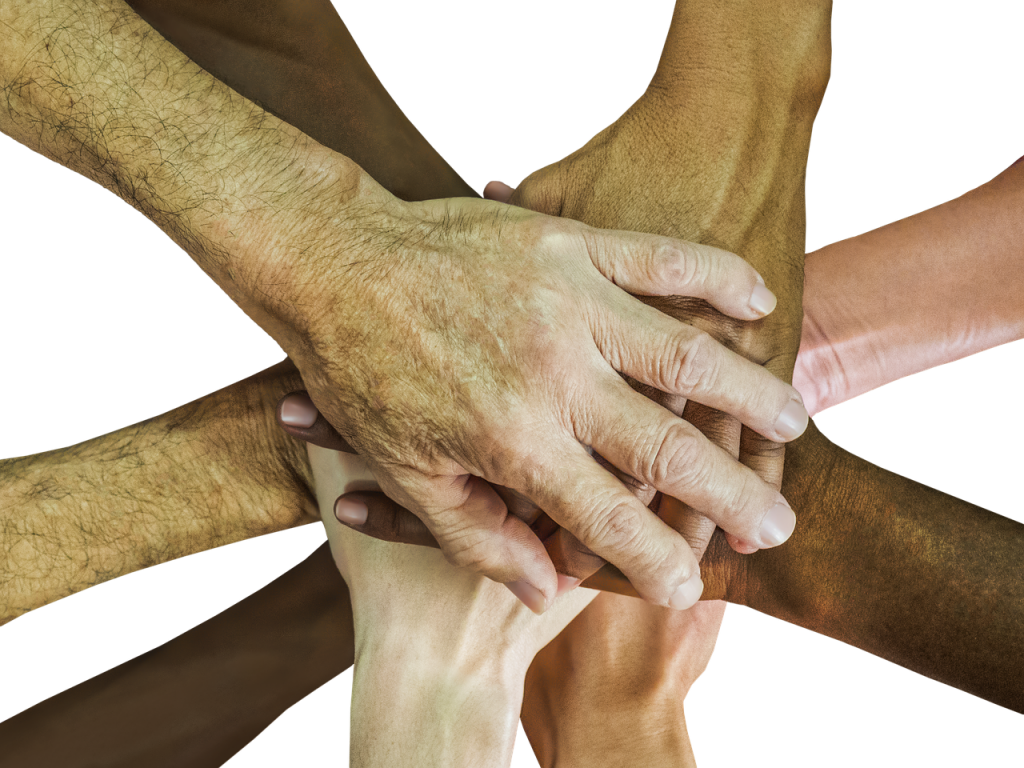
During my keynote, I brought up the Nonprofit Hunger Games and how all of us are in constant competition with one another for resources and influence. “I call it Stabbing for Dollars,” says one seasoned nonprofit executive. A manifestation of this is through our hiring philosophies and practices. There are thousands of articles on staff recruitment, retention, etc., but they all have something in common: It is always about the well-being of the organization, getting the best talent for the organization to ensure the organization thrives, rarely about the entire sector or community. We recruit professionals to fulfill our individual missions, not paying much attention to what happens when they leave our organizations, or how the way we treat them might affect their work at their next organization, or our own individual responsibility to support a “bench” of talent needed for the entire sector to thrive. Continue reading “Ending the Nonprofit Talent Hunger Games”




